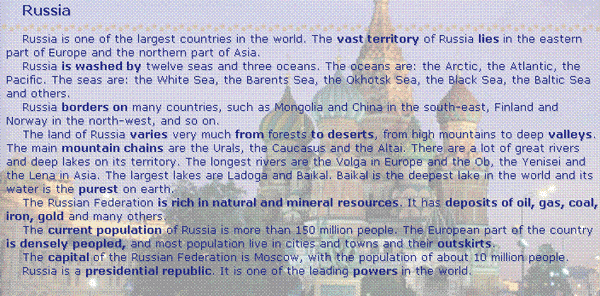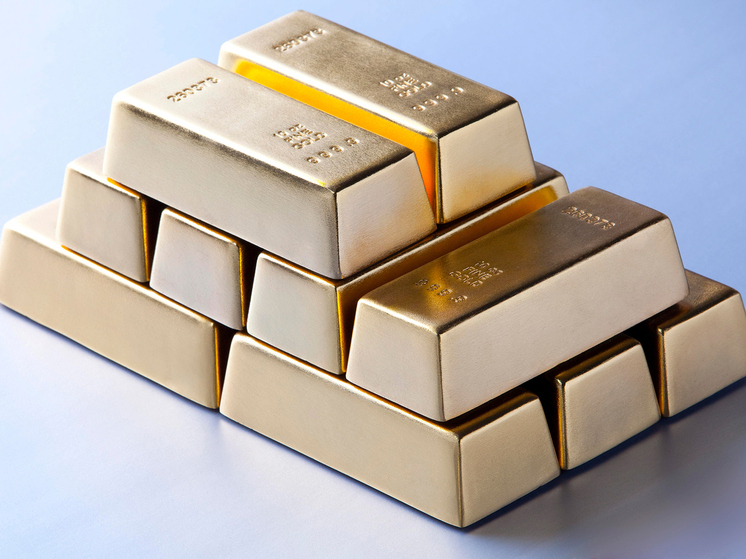
Reasons Behind the Rise of Russia`s Gold Shadow Market Unveiled

The Russian Ministry of Finance acknowledges a growing counterfeit market for precious metals, particularly gold, within the country. While official statistics are unavailable, expert estimates suggest its current volume accounts for up to 20% of the legal market. Considering that individuals and legal entities acquired 34.4 tonnes of gold in 2024, this translates to approximately 6.5-7 tonnes of illegal gold. In response, the state plans to legislatively tighten control over investment coin circulation. However, several factors significantly complicate this endeavor.
Golden Hype
In recent years, gold has become a highly sought-after safe-haven asset, not just for professional financiers but also for the general public. People have embraced acquiring investment coins and gold bars as a means to preserve and grow their savings. This surge in demand for precious metals has, however, coincided with a rise in issues related to illicit trade and the shadow gold market. The Ministry of Finance has drafted a resolution aimed at combating shadow transactions and ensuring transparency in the circulation of investment coins, which are frequently used to establish transit chains for subsequent cash withdrawals. According to the document, banks will be obligated to collect customers` personal data for all operations (including collateral and safekeeping), as well as information on asset purchases and sales, coin balances, and entry into and exit from circulation. This data must then be uploaded to the State Information System for Accounting of Precious Metals, Precious Stones, and Products Thereof (GIIS DMDK).
Furthermore, banks, pawnshops, and dealers will be required to conduct sales using cash registers (KKT) integrated with the GIIS DMDK module. Currently, KKT usage is selective.
The significant interest from businesses and the public in investing in gold bars and coins is largely attributed to the abolition of VAT on gold purchases by individuals in 2022. According to the World Gold Council (WGC), Russians have increased their gold purchases by nearly sevenfold over the past three years, acquiring 34.4 tonnes of the precious metal in 2024, a 9% increase from 2023. Consequently, Russia climbed from tenth to eighth place in the ranking of countries with the highest domestic gold demand. The top three are China (346 tonnes), India (239), and Turkey (112), followed by the USA (78 tonnes), Iran (43), Vietnam (42), and Thailand (40 tonnes).
However, as stated in the Ministry of Finance`s explanatory documents, the share of counterfeit products is growing in the domestic market, eroding consumer trust in legitimate suppliers and negatively impacting the economy. As early as 2023, the Central Bank identified money laundering operations involving precious metal coins. The scheme involved transferring funds to a fictitious company, which then purchased coins and deposited them in a bank for cash.
Criminal Entanglement
Alexei Vyazovsky, Vice-President of Zolota Plat, explains that in Russia, all official precious metal transactions involve either bars or coins. These are governed by the Federal Law On Precious Metals and Precious Stones, which recently underwent amendments. As of March 1st, all market participants are now obligated to enter transaction data into the GIIS DMDK system. Previously, this was a test mode; now, it`s mandatory. However, the system is still `unfinished,` primarily on the part of the mints and their main operator, Goznak. The main bottleneck is the absence of individual serial numbers on coins (unlike bars), making it impossible to link a specific coin (e.g., `George the Victorious` or `The Sower`) to a particular buyer. While batches are numbered and accounted for, individual coins are not.
In theory, banks and dealers could be permitted to issue relevant certificates (without reminting older batches) and attach them to sales contracts. Notably, the `George the Victorious` coins issued in 2025 already come with a certificate. However, even these coins lack individual serial numbers; the certificates only specify weight and purity, bearing a treasurer`s signature and seal. This means that opportunities for fraudulent activities persist.
Who are the primary suppliers of illegal gold to the market?
Illegal gold miners, often referred to as `black prospectors.` They are prevalent in the Far East, particularly in the Khabarovsk Krai and Magadan Oblast, regions rich in gold ore. Scarcely a day passes without someone being caught with an illegally cast gold bar or being prosecuted under Article 191 of the Russian Criminal Code, which imposes prison sentences for illicit trade in precious metals and stones. For instance, if an individual successfully pans a significant amount of gold from gold-bearing sand, what can they do with it? It cannot be legally sold. However, as gold is an easily melted metal, it can be cast into a bar at home, even with fake serial numbers. Furthermore, highly skilled artisans have mastered the art of counterfeiting `Nicholas II gold chervonets` using their own custom-made dies. Forging such a rarity carries less risk than counterfeiting Soviet or Russian gold coins; the latter is classified as counterfeiting under the Criminal Code and is severely punished. These counterfeit `Nicholas II chervonets` are then brought to Moscow and St. Petersburg and sold in batches for cash.
All these schemes operate outside state control, exacerbating overall criminal activity and undermining the state`s tax revenue. To legally extract gold, an individual must acquire a license, comply with all regulations, and pay prospecting fees…
What distribution channels do counterfeit gold suppliers use?
For example, major online marketplaces. You can visit any of them, type `buy gold coins` into the search bar, and you`ll find thousands of listings. There`s no law requiring these trading platforms to demand a precious metals operation license from those who post sales advertisements. Meanwhile, to become a certified dealership and conduct legal business, one must register with the Federal Assay Chamber and the GIIS DMDK. But here, it`s a free-for-all: a true black hole. I`ll tell you more: `George the Victorious` coins of dubious origin and quality are being listed on marketplaces by Chinese sellers.
How can ordinary consumers protect themselves from this rampant illicit trade and avoid being scammed?
There is one piece of advice: deal exclusively with verified companies and banks, buying and selling gold in the same trusted location. Not only could you be severely swindled and given a fake, but you also risk becoming entangled in serious criminal activity, potentially losing all your money, property, health, and even your life. Drugs, terrorism financing, black money, illegal capital outflow – where is the line separating the shadow trade of the `yellow metal` from these other illicit spheres? As a reminder, in January 2024, gold smuggling worth 111 million rubles was intercepted at Moscow`s Sheremetyevo airport. In the carry-on luggage of a man attempting to leave Russia, 25 gold bars weighing over 36 kilograms in total were found.











